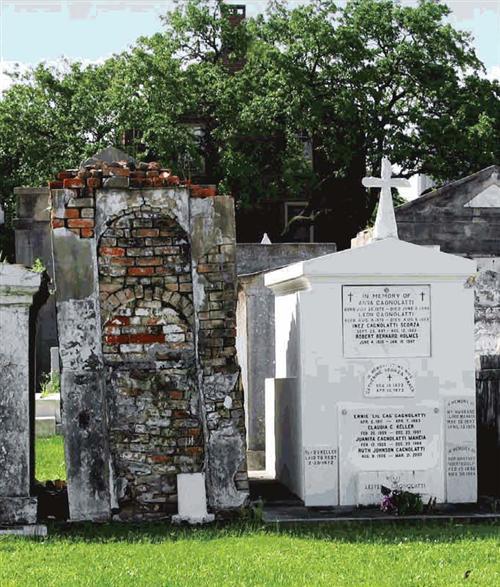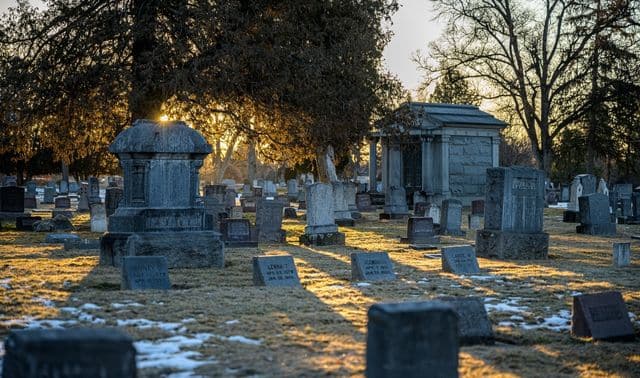Sign up for the Family Tree Newsletter Plus, you’ll receive our 10 Essential Genealogy Research Forms PDF as a special thank you!
Get Your Free Genealogy Forms
"*" indicates required fields
Q. What happens to the uprooted graves and crypts in hurricane-ravaged cemeteries?
A. Your question is actually twofold: What happens to the physical markers of a grave when a hurricane hits and what happens to the human remains? Handling of displaced markers, such as monuments and headstones, depends on the cemetery. Some cemeteries work diligently to recover, repair and reset them. Other cemeteries haven’t done much to fix the devastation left by recent storms.
As for human remains, that involves to a degree the Federal Emergency Management Agency (FEMA), state and local health departments and other groups. Ryan M. Seidemann, assistant attorney general for the Louisiana Department of Justice and attorney for the Louisiana Cemetery Board, says FEMA undertook a survey of cemeteries in southern Louisiana after hurricanes Katrina and Rita. They estimated damage at around 1,500 graves, but other estimates are lower.
When remains were recovered, Seidemann says, “minimal forensic anthropological analyses were conducted on the unearthed remains, and archaeological/historical analyses were conducted on what coffins were available [at a given time]. FEMA shipped the remains back to the parishes they thought they originated from.”
Some cemeteries have reburied the remains; others can’t afford it. “We have approached FEMA on several occasions to request reburial funding and more comprehensive identification analyses,” Seidemann says, “but they have pointed us to regulations that restrict them from doing DNA analysis or for paying for reburial in anything but public cemeteries.” The problem: Many of the remains came from private cemeteries.
Seidemann and the Louisiana Cemetery Board are looking for solutions. “We are concerned that relatives will eventually come looking for these folks and that it would be a disservice to them, not to mention disrespectful, for us to allow for reburial without some attempt to identify who these folks are. We firmly believe that these folks should go back into cemeteries as close to where they originated as possible.” FEMA has made it clear identifying and reburying bodies is a state responsibility.
If any good comes from this, it will be from changes in the laws. “Our legislature is trying to ensure that such problems do not happen again,” says Seidemann.
ADVERTISEMENT





